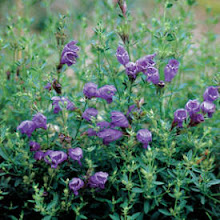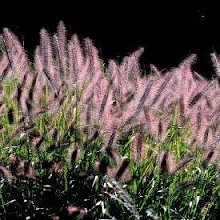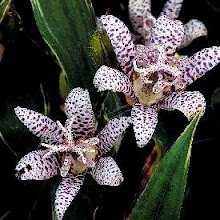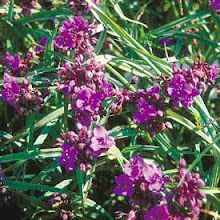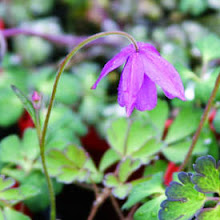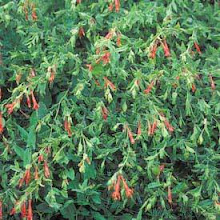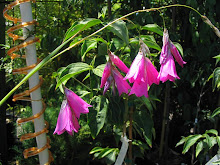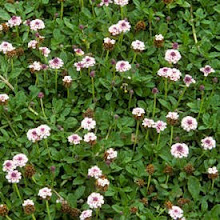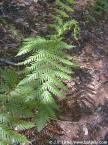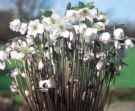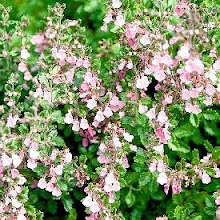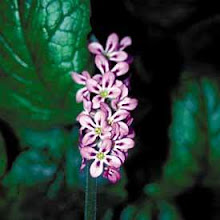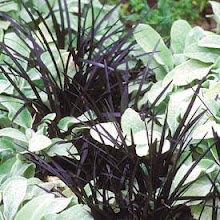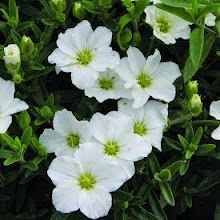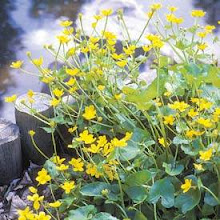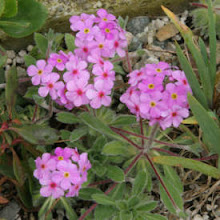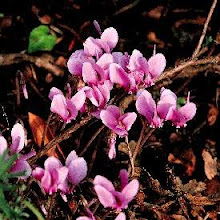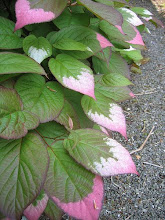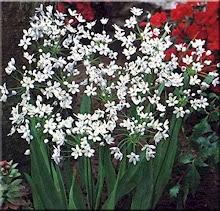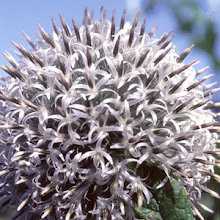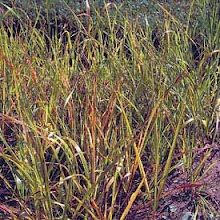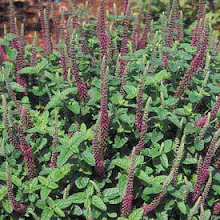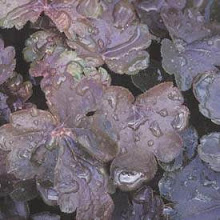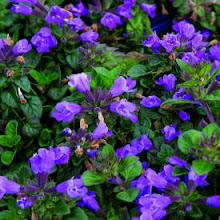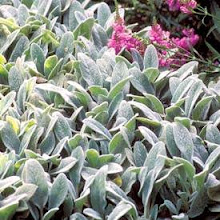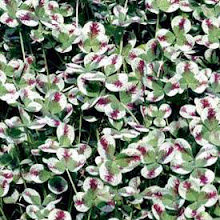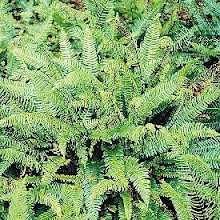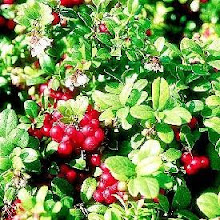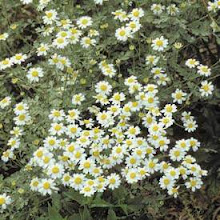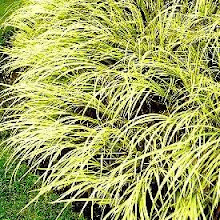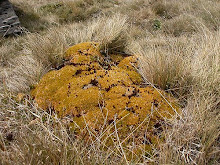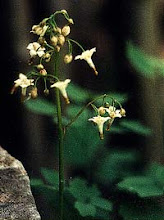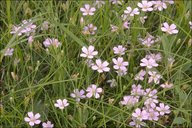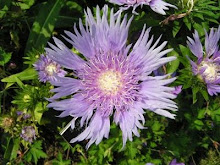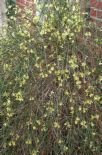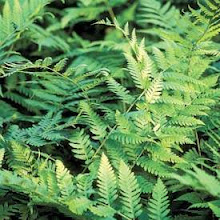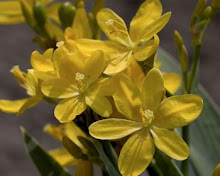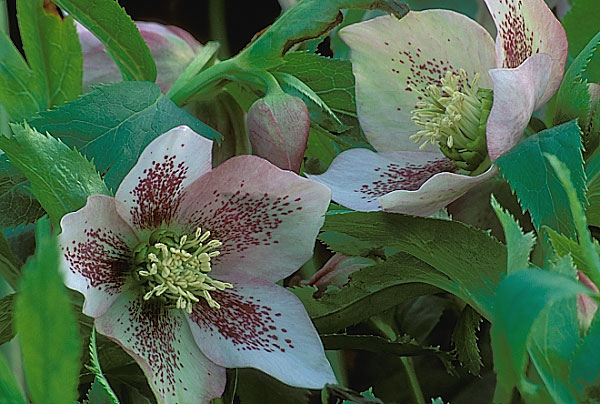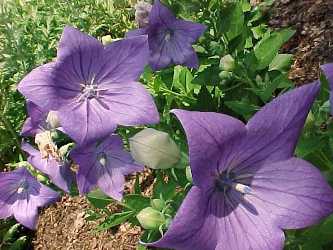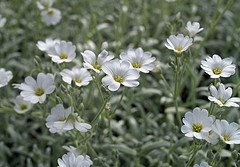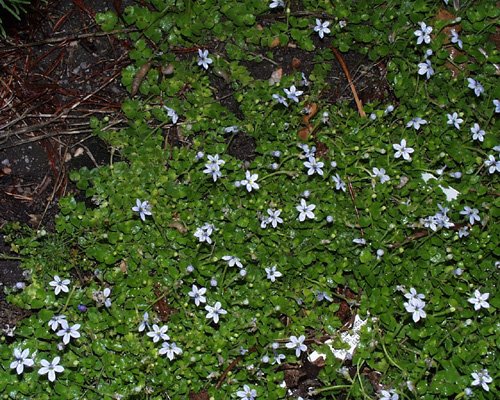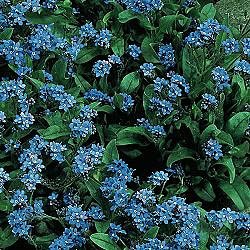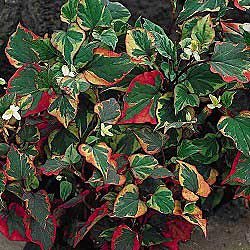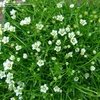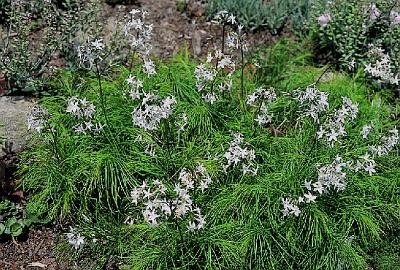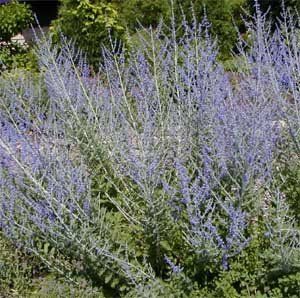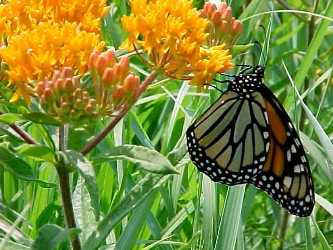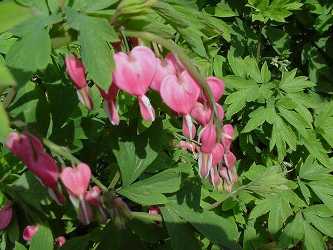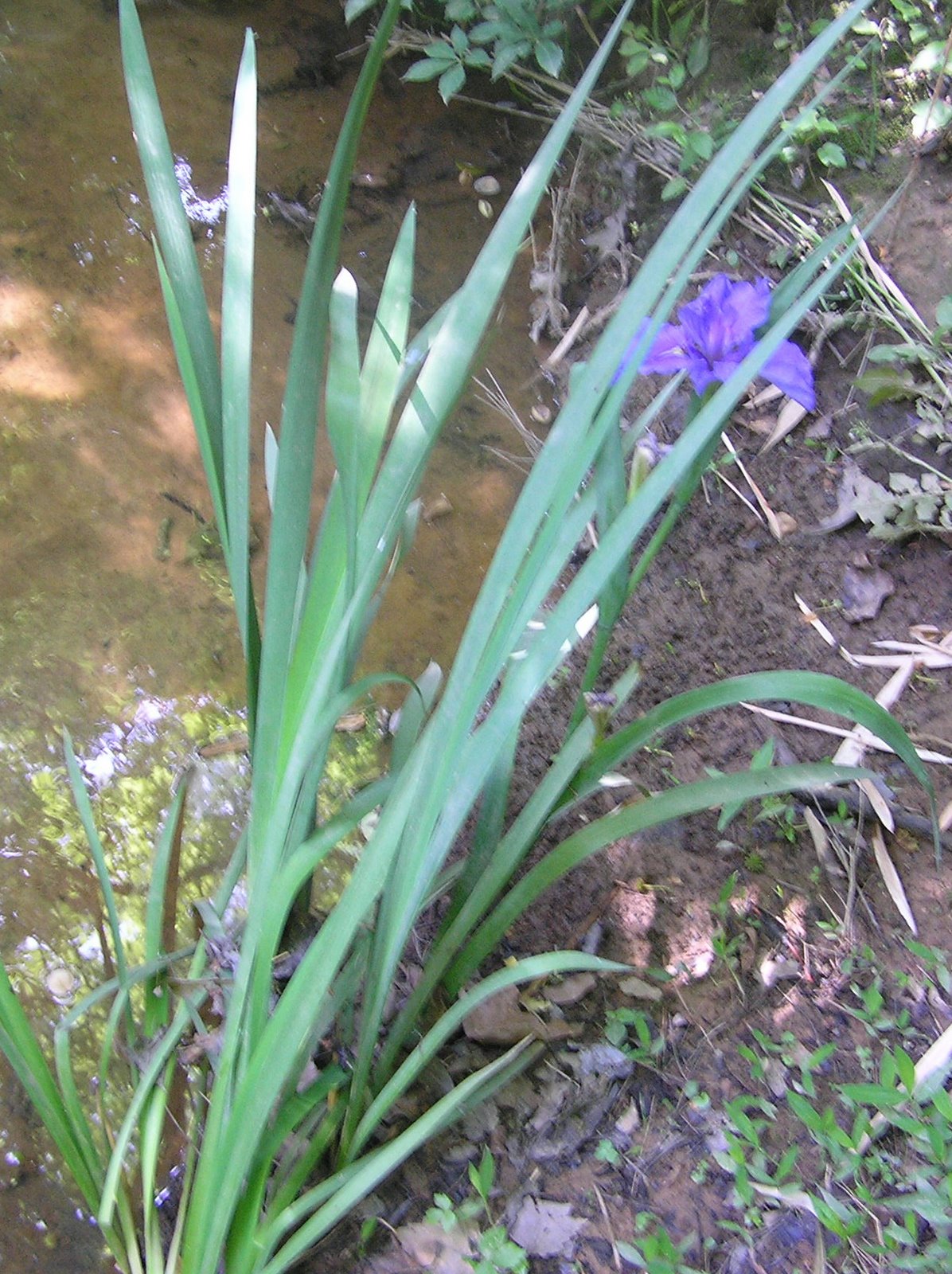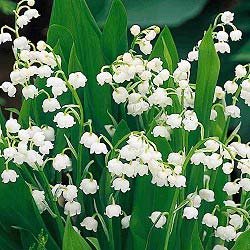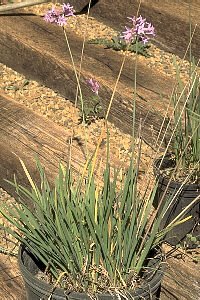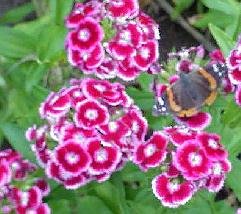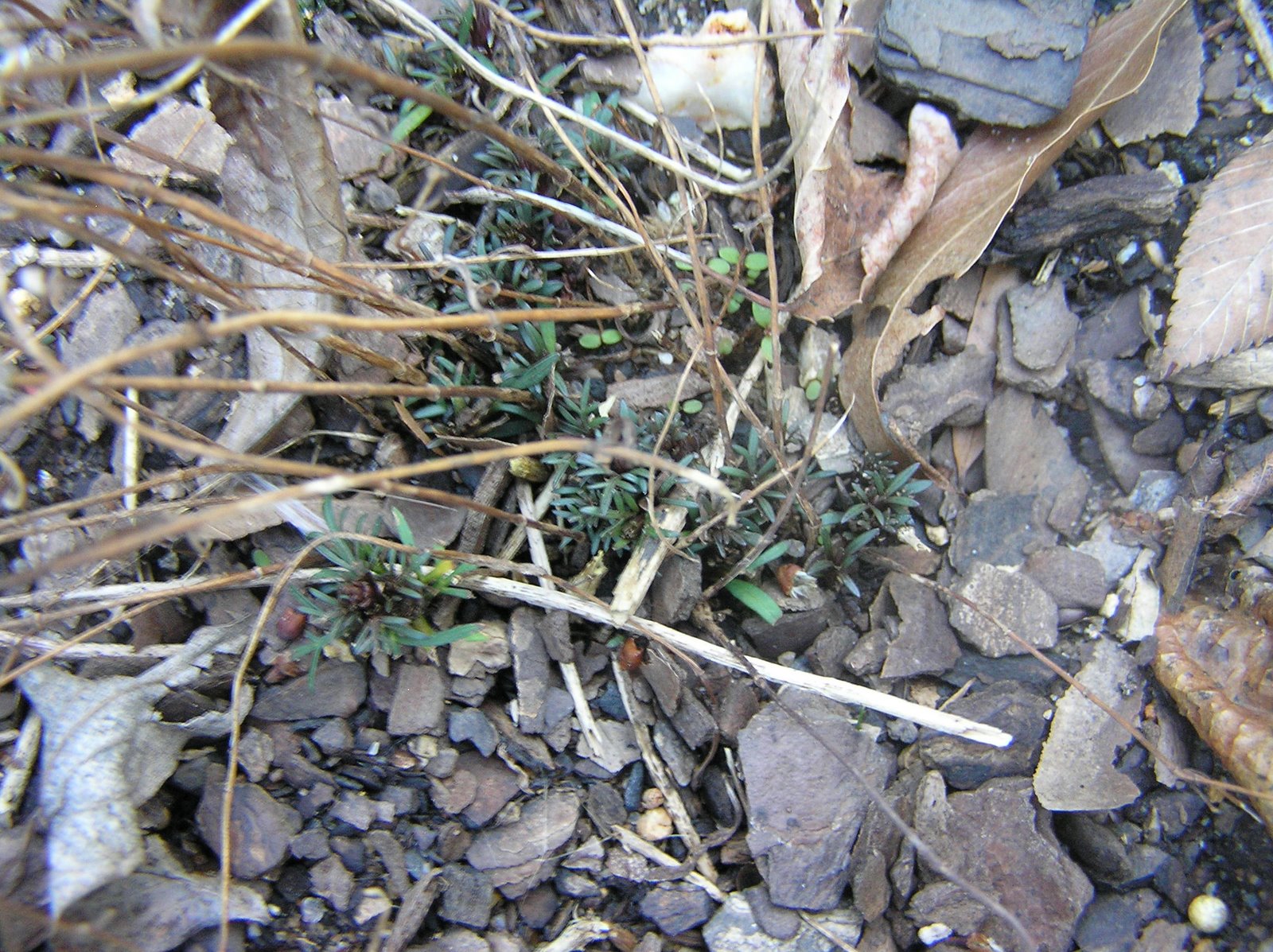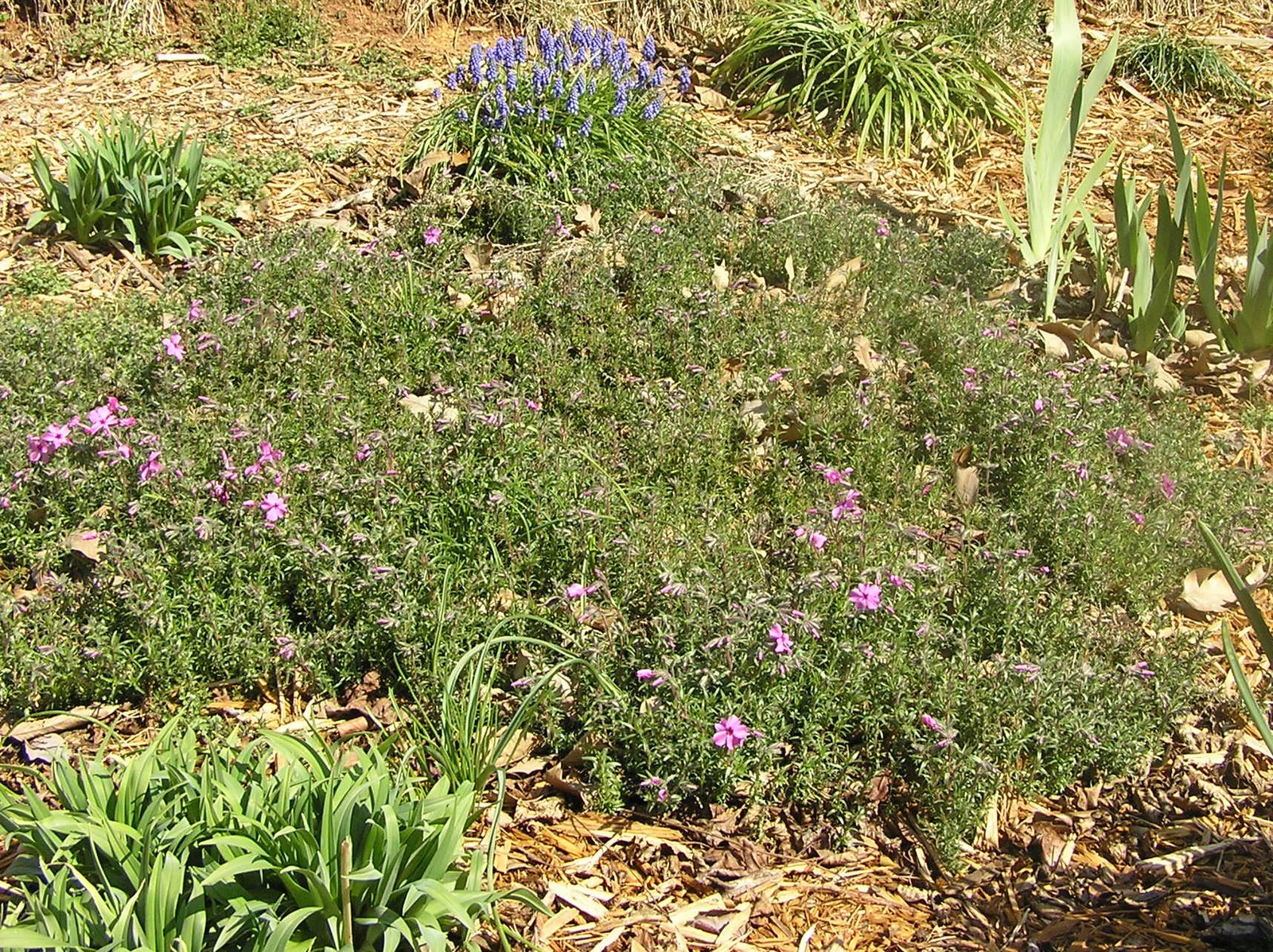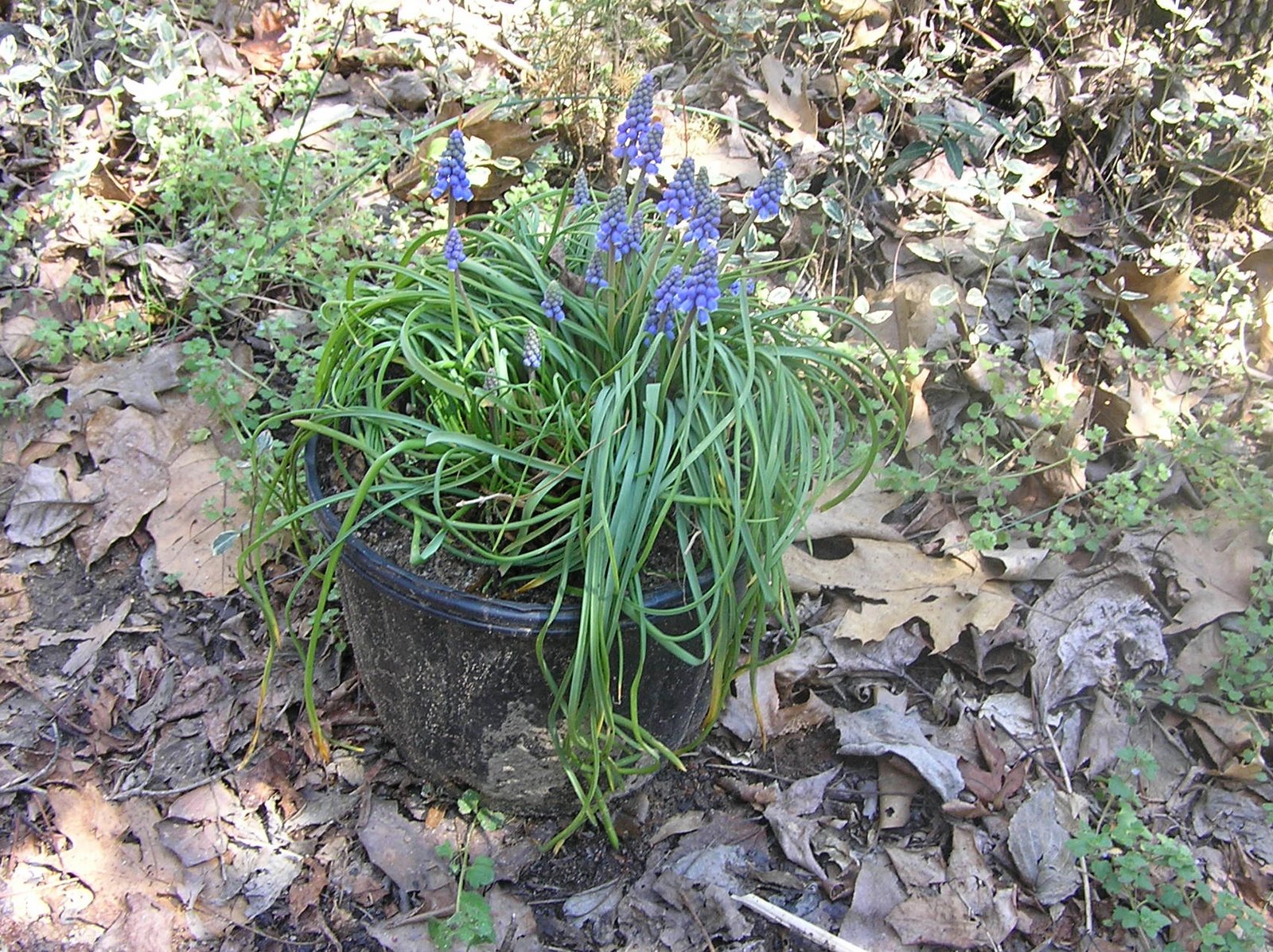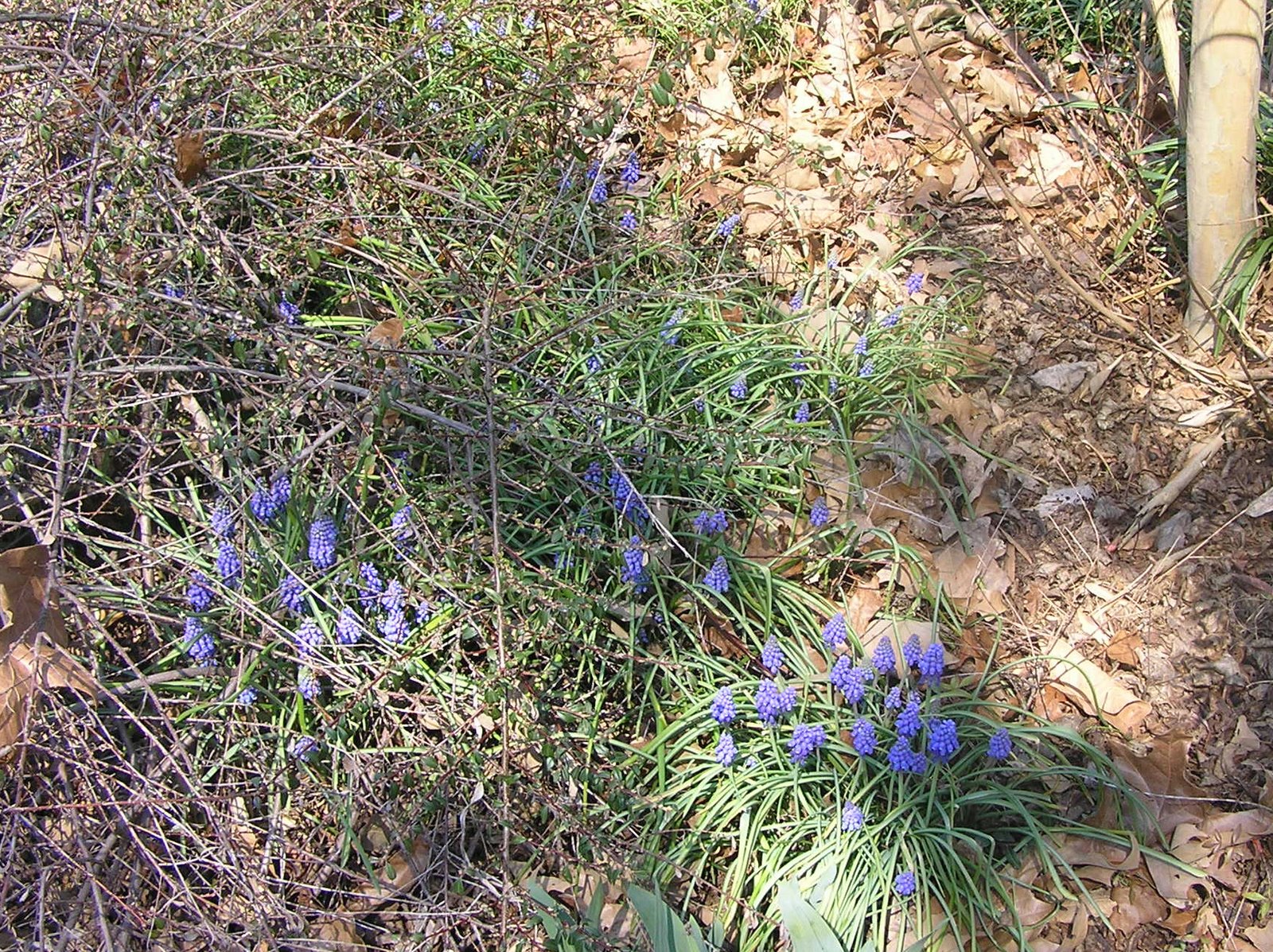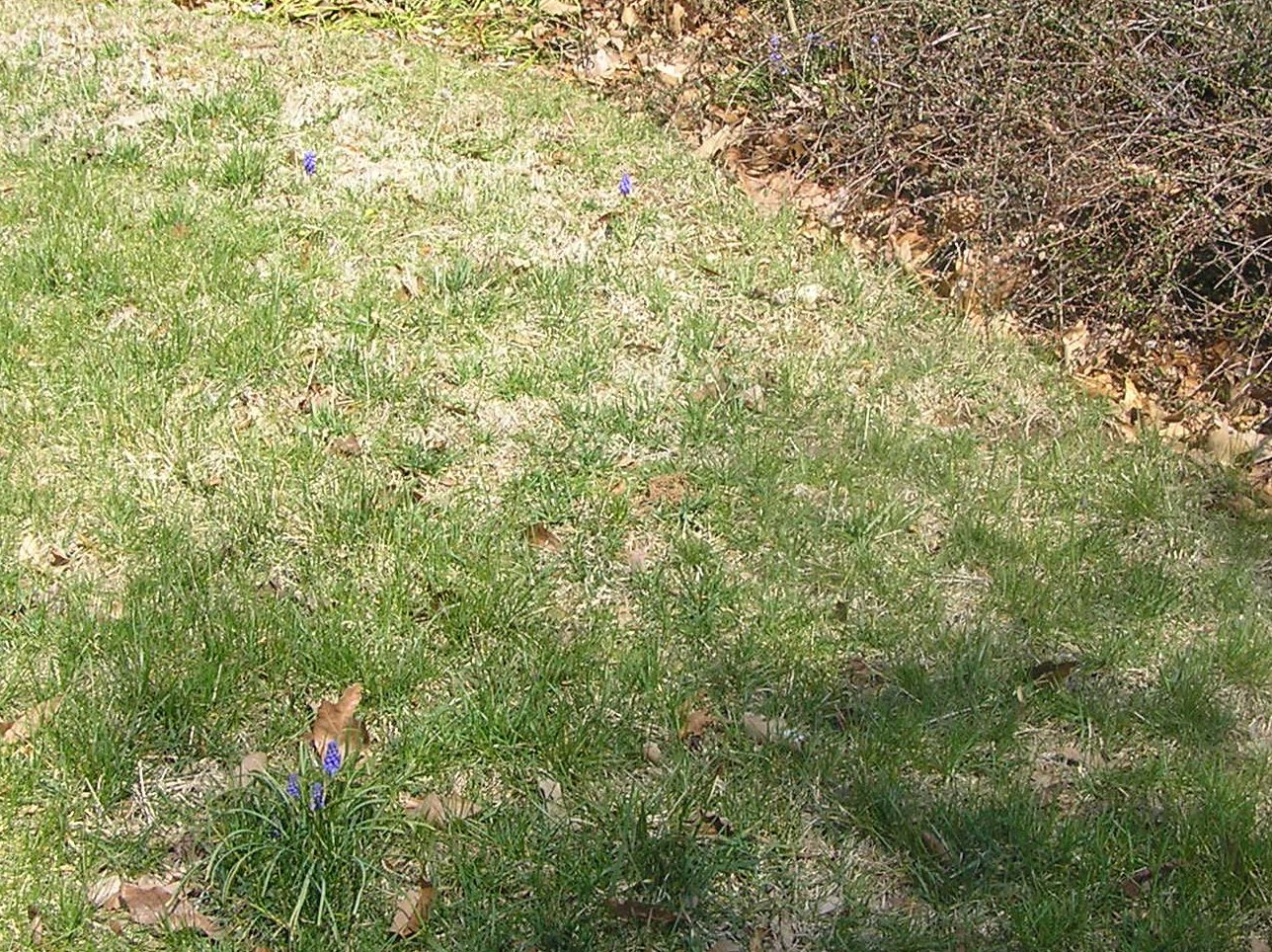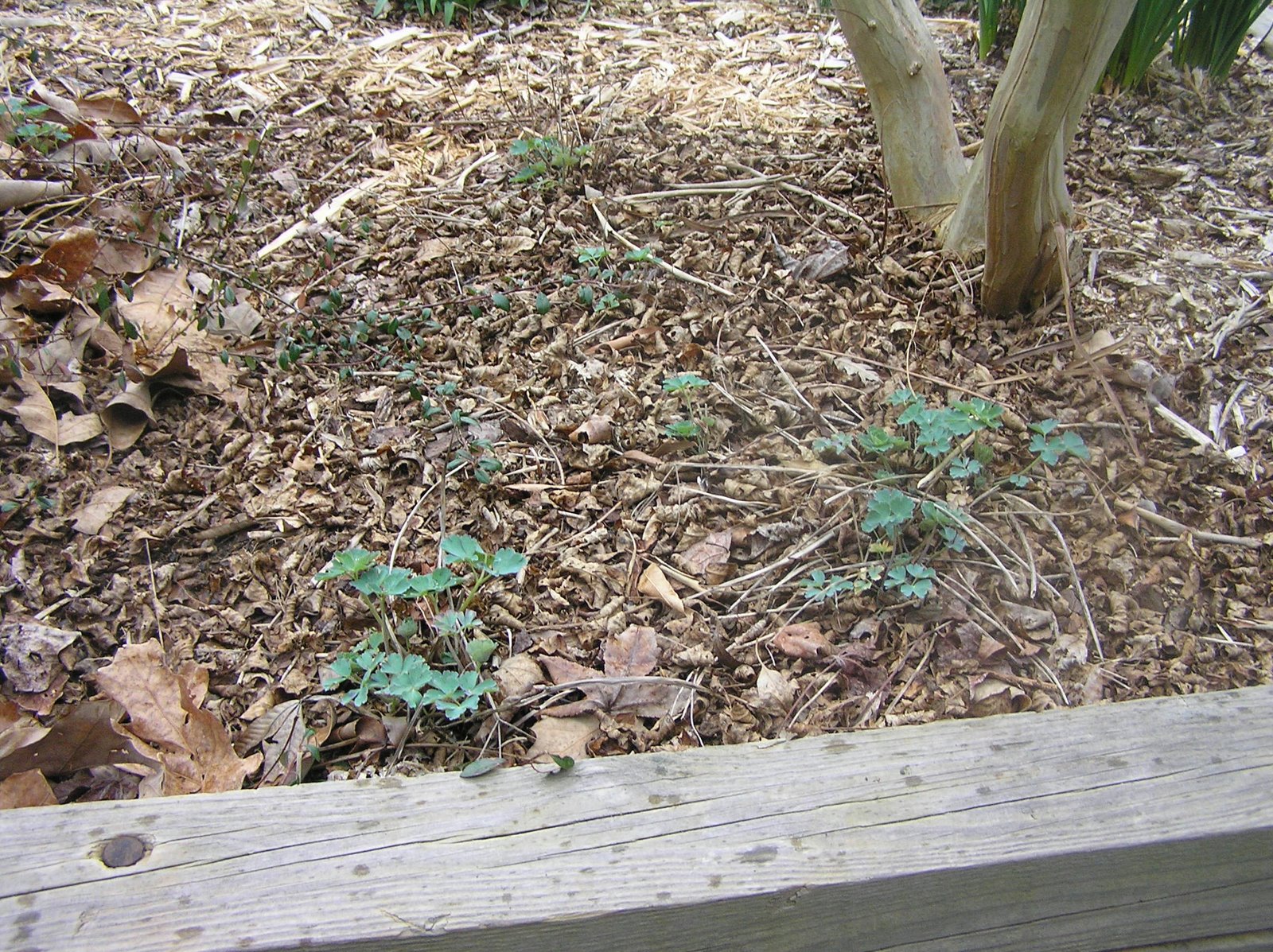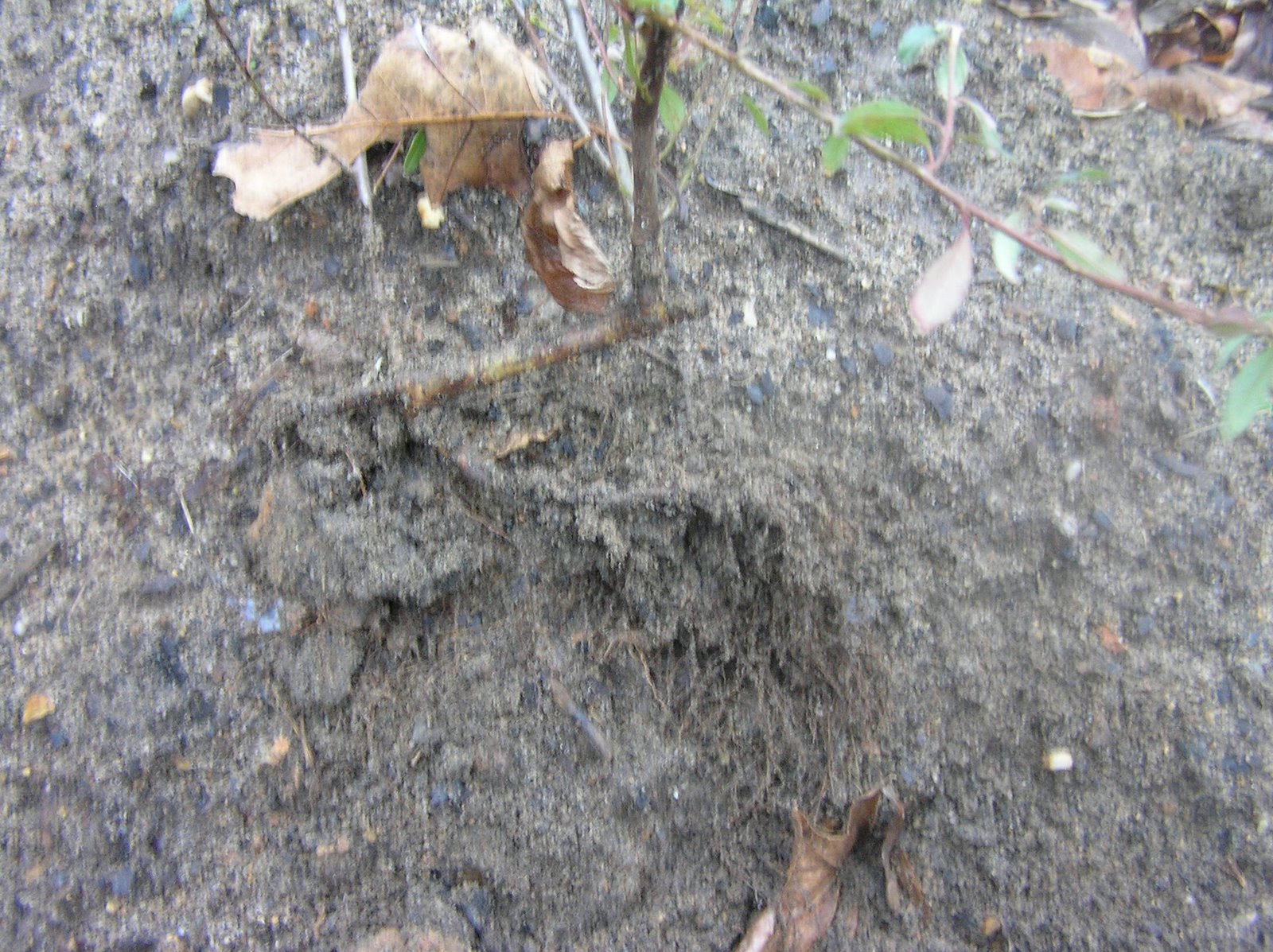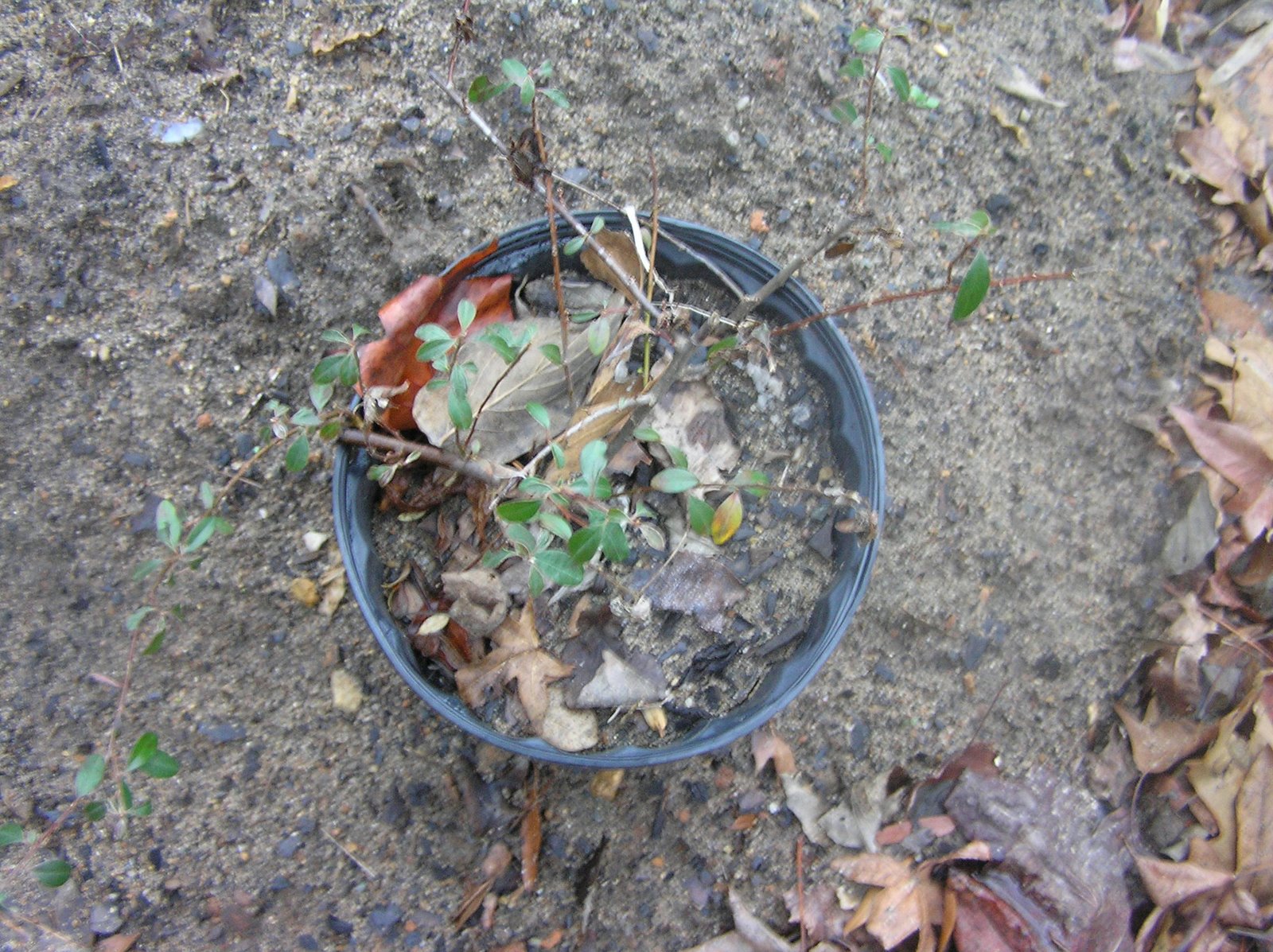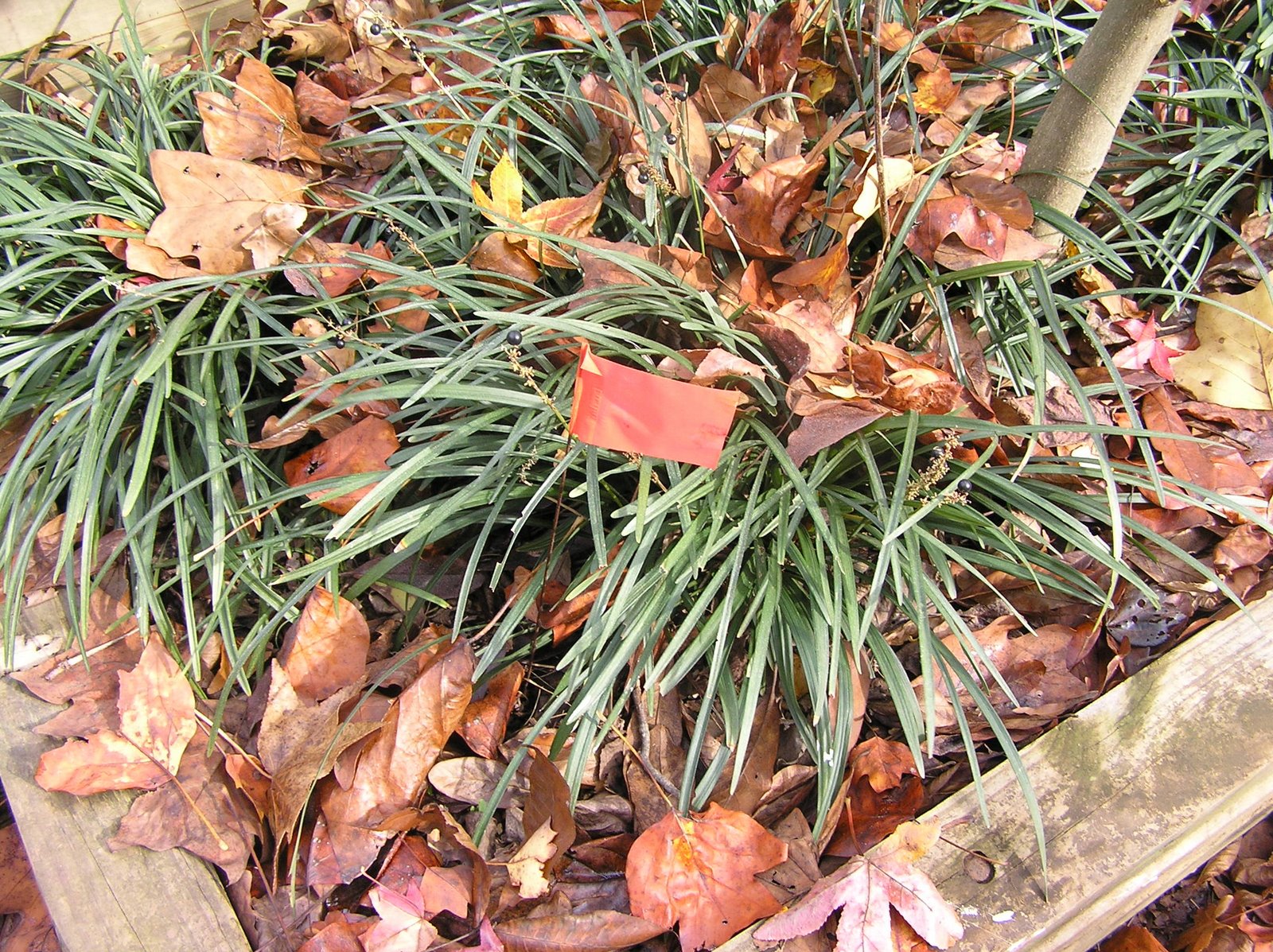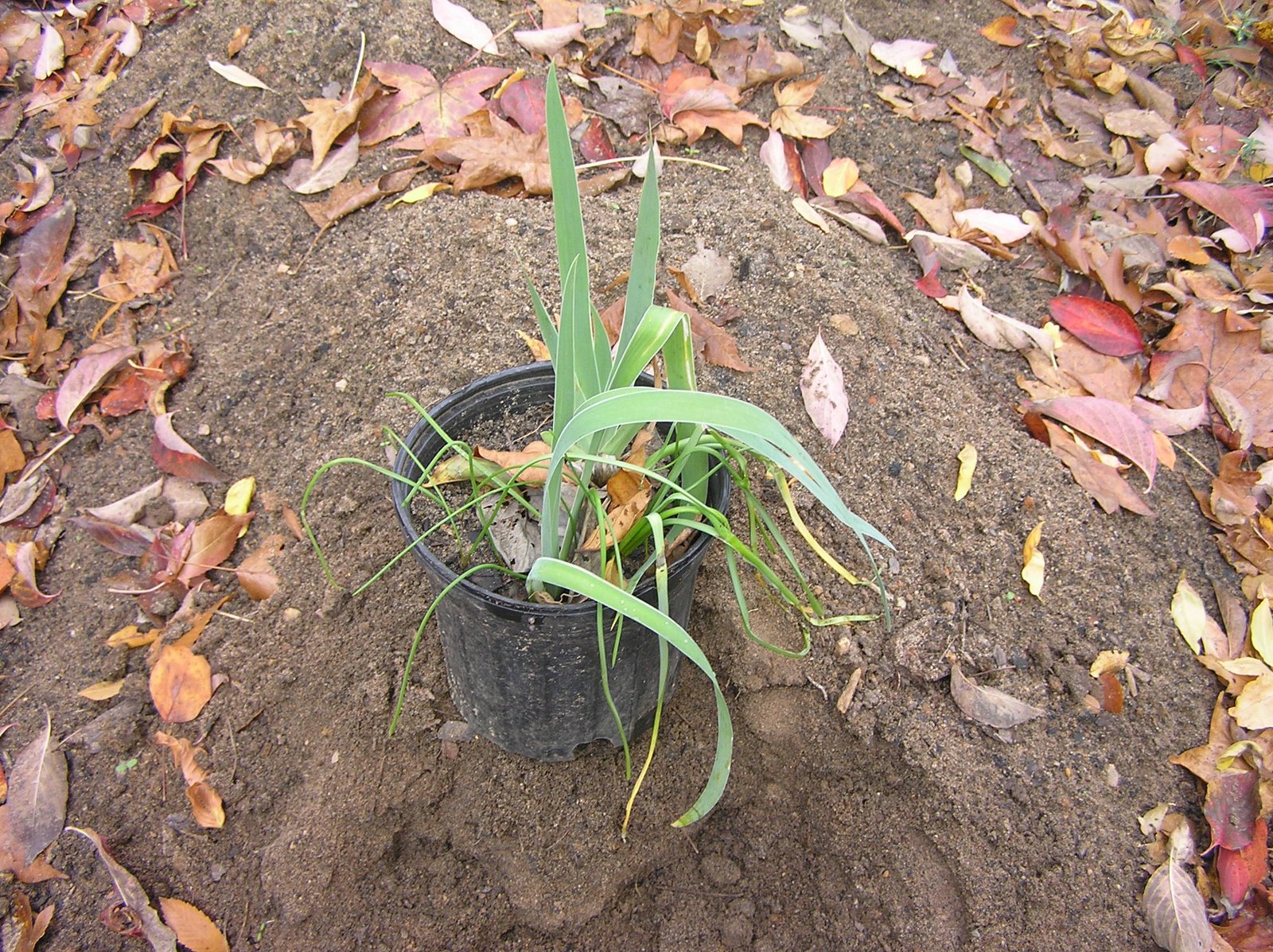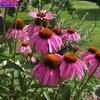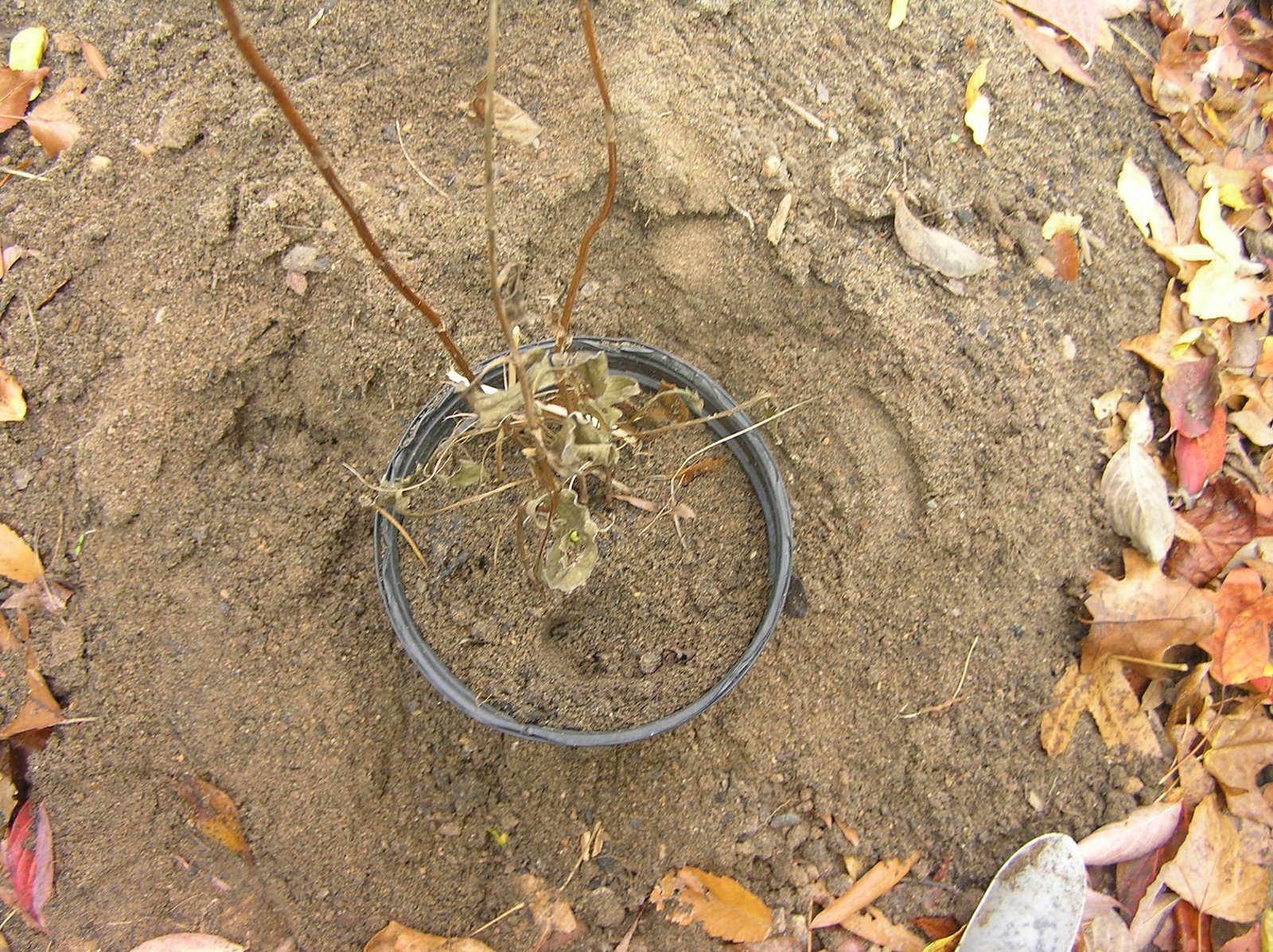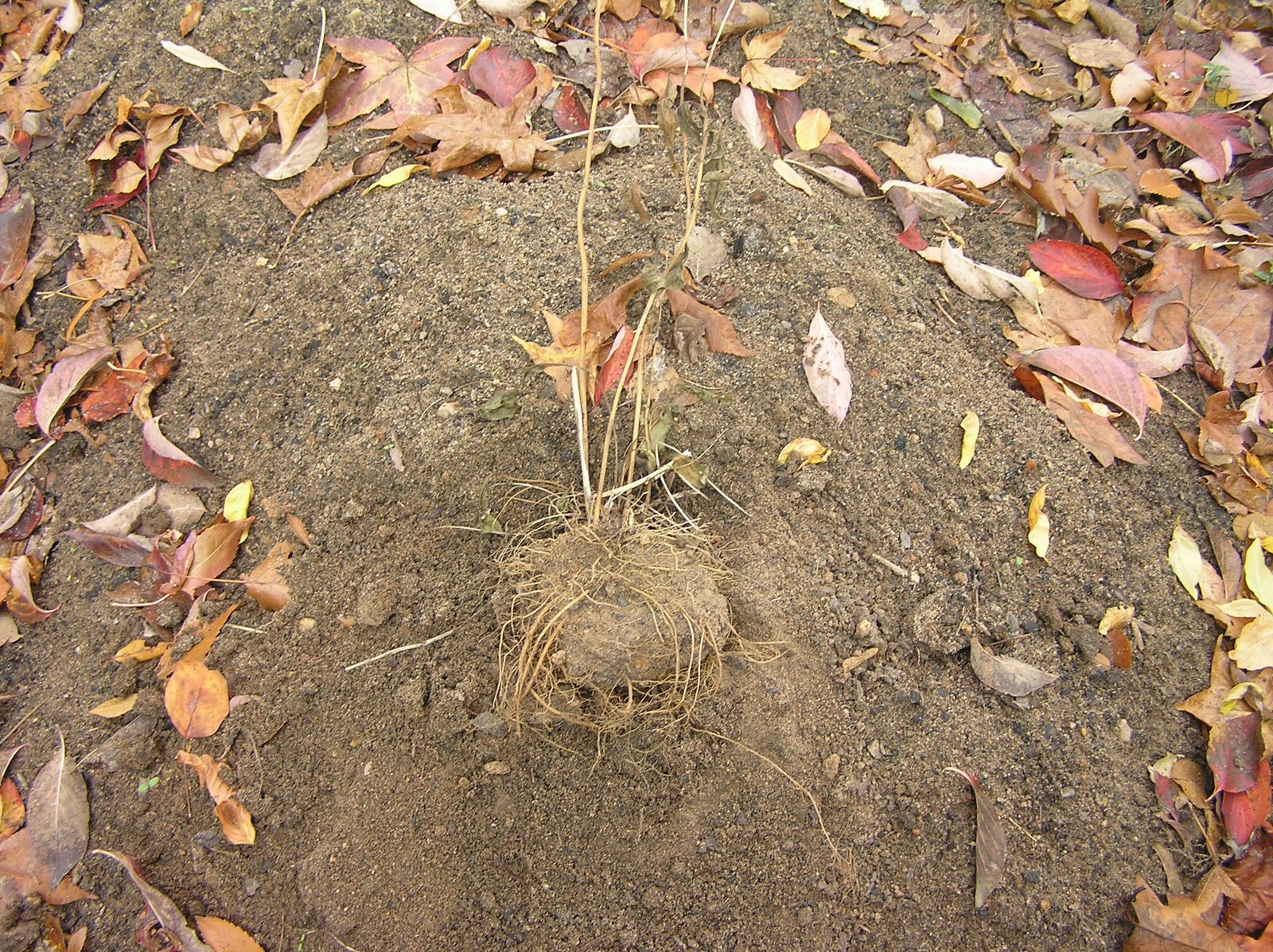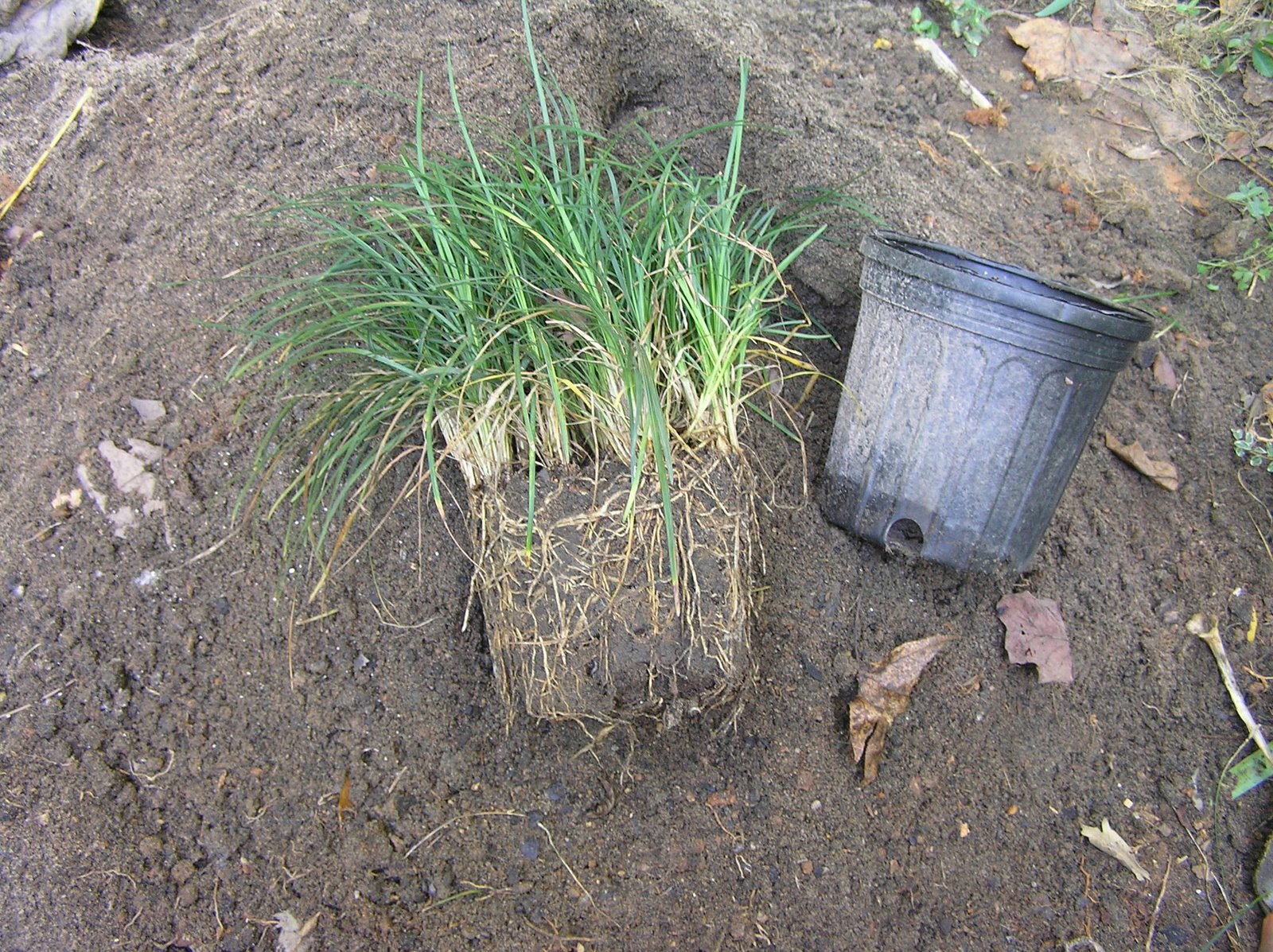Nandina Domestica or Heavenly Bamboo is not a true bamboo but is an evergreen woody plant. It grows to a height of 8 feet if left unattended and is a great screening woody plant for the landscape garden bed, showing bright red berries in the winter contrasted by its reddish dark green foliage. Propagating for me has been from seedlings after the fruit drops to the ground. I have propagated hundreds of plants by this method, but the soil must be friable around the mature plants and moist for the berries to germinate. The picture of the mature planting was grown from seedlings. In North Carolina it is a fast grower if provided water on a regular basis and transplanted into larger containers, pruning the roots when re-potting along with adding bone meal. It is hardy to -10 degrees, but may die back but in the spring new shoots will appear. It is best when potting seedlings to plant 3 or more seedlings in the same container so a bushy plant emerges. Pruning in the spring before new growth shows will also produce a denser plant. There are many varieties of Nandina, from dwarf to mid size and different color leaf variations for the landscape garden, but the dwarf varieties do not have showy berries and their leaves are almost pink. It is a great screening plant to hide unsightly areas especially in winter. Other woody plants that also sows seeds are the Redbud and Dogwood, medium sized trees in North Carolina with purple and white flowers in the spring before the leaf buds break. When digging any seedlings make certain enough soil is taken with the seedling, which more then likely fall away when transplanting, because the roots systems are not dense and you want to get as many roots as possible when replanting, which should be as soon as possible, before the roots dry out. I get my containers on E-Bay and one can buy lots of as few as 10. I use 1 gallon containers initially, then transplant into 3 gallon.







































